
Osteochondrosis of the cervicothoracic spine is a disease that is easily treated in the early stages and more difficult to affect in a neglected form. The most common method of treatment is gymnastics. It helps to relieve pain and return mobility. But you need to adhere to some rules, so that gymnastics would only benefit.
- Exercise package
- Head set backwards
- Head inclined towards
- Head rotations
- Head movement from side to side
- Neck extension
- Resistance
- Opening of chest
- Fakir
- Lifting of shoulders
- Lifting of hands
- Rotations of hands
- Advantages of method
- Contra-indications
Complex of exercises
Such complex of treatment of cervical and thoracic osteochondrosis does not presuppose drug intervention. However, treatment by this technique is best performed under the supervision of a specialist trainer who will be able to pick up the exercises, taking into account your individual characteristics and adjust them if necessary.
The course of treatment lasts at least three months. In the future, you can perform the complex yourself.
Performing the complex, it is necessary:
- not to miss training and not to interrupt the course until full recovery;
- the first 2 weeks of conducting classes on a daily basis;
- continue to do gymnastics to maintain results after the completion of the course;
- deal with the mirror in order to be sure of the correctness of their actions.
Head inclines backwards
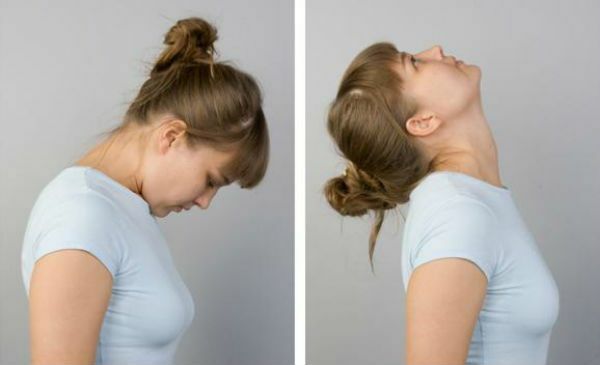
Stand straight, keep your back straight, look in front of you. Slowly lower your head down until your chin touches your chest. Hold for 5 seconds. Return to the starting position. Smoothly throw your head back, look up, after 5 seconds go back to the starting position. Repeat the exercise 7 times in each direction.
to the table of contents ^Head inclined towards
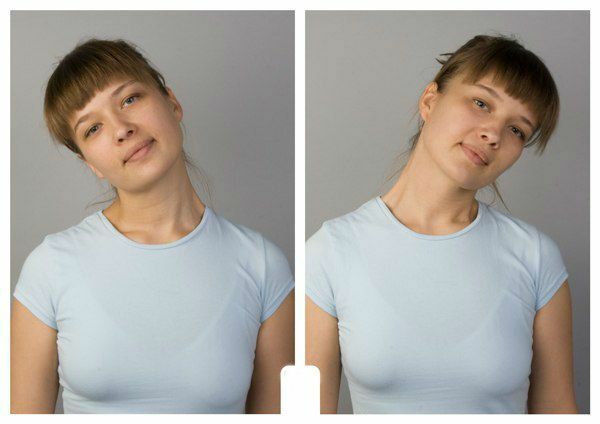
Stand straight, back straight, look in front of you. Tilt your head to the right and left holding on each side for 30 seconds. Repeat 7 times for each side.
to the table of contents ^Turns of the head
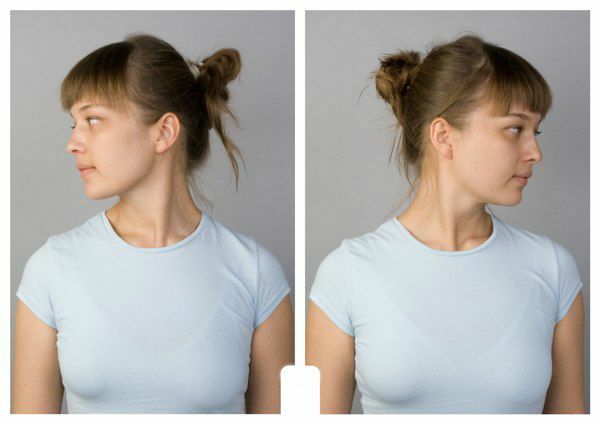
Stand straight, keep your back straight, look in front of you. Turn the head to the right and left as far as possible and hold on each side for a few seconds. Repeat the exercise at least 3 times in each direction.
Movement of the head from side to side
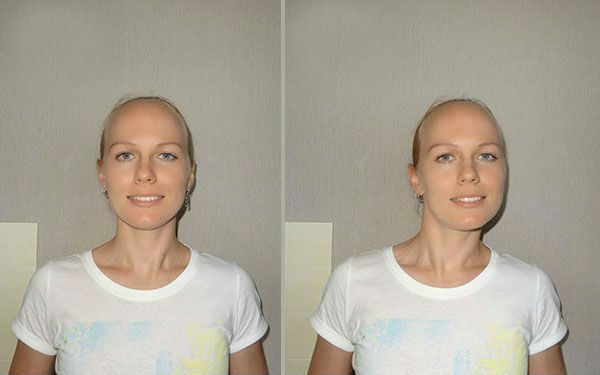
Stand straight, the back is straight, look in front of you, hands along the trunk. Take your head to the right, like in Indian dance, just do not tilt it forward. Return to the original position and repeat the action to the left. It is enough 5-6 times in each direction.
Neck Extension
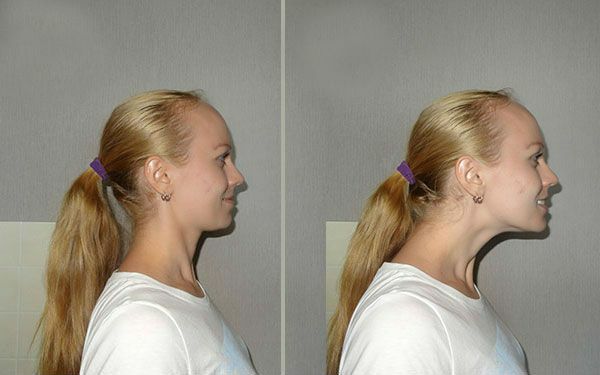
Stand straight, look in front of you, hands on waist. Pull the neck up, while the chin should remain parallel to the floor. Pull your head forward, torso turn to the side and touch the shoulder with your chin. After 30 seconds, go back to the starting position and repeat the same steps in the opposite direction. It will be enough to have 6 turns in each direction.
to contents ^Resistance
This exercise strengthens the neck well. With the help of the hand, create resistance and overcome it solely with the muscles of the neck and the movements of the head. It is important that the muscles of the shoulders, back and hands are not involved in this occupation.
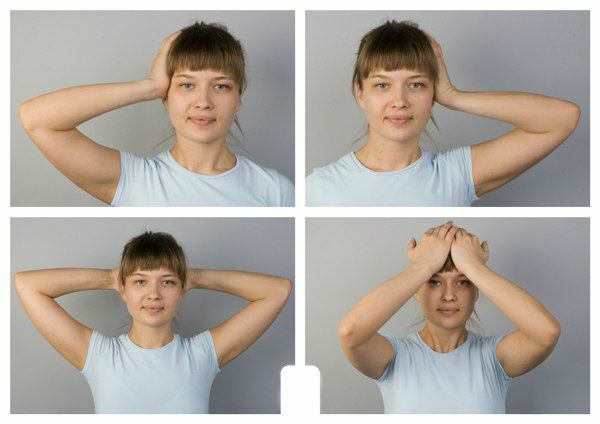
First put your right hand and gently moving it to the left, resist the head. Similar actions need to be performed on the other side. Then you should put your hands on the back of the head and resist the movement forward, at the end put your hands on your forehead and resist the movement back.
Breast opening
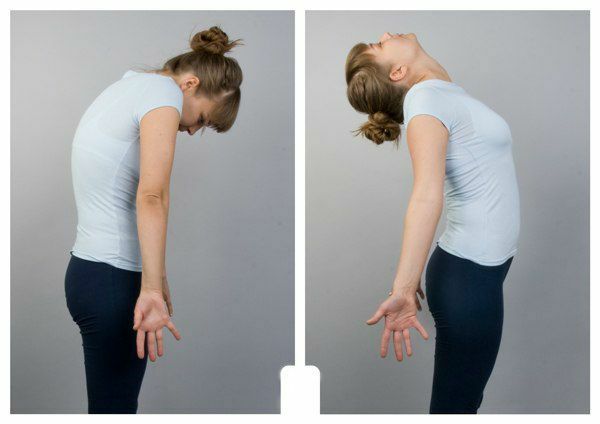
Stand straight. Helping yourself with your shoulders, tilt your head down, rounding your spine and wrapping your hands inside. Then gently pull your head back, pushing forward and upward chest, hands turning outward and leading back. Alternate exercises at a soft, dynamic pace while there is a sense of comfort.
to contents ^Fakir
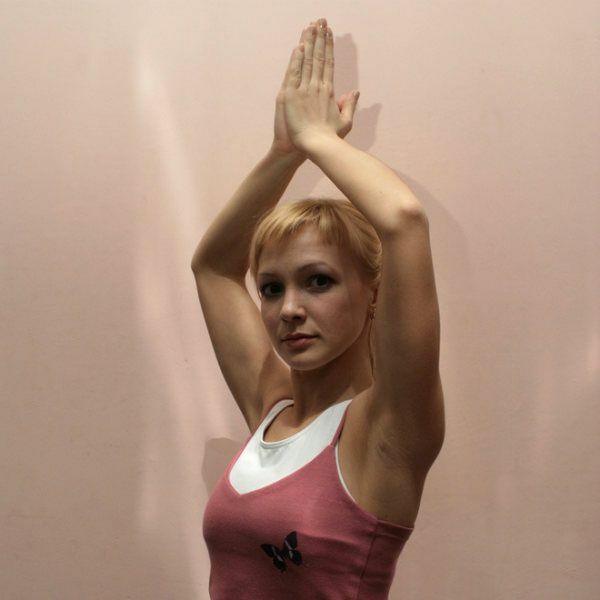
Sitting on a chair, raise your hands above your head and join hands together, slightly bending your elbows. Smoothly turn your head to the right and left until it stops. Suffice it 7 times in each direction.
to the table of contents ^Shoulder lift
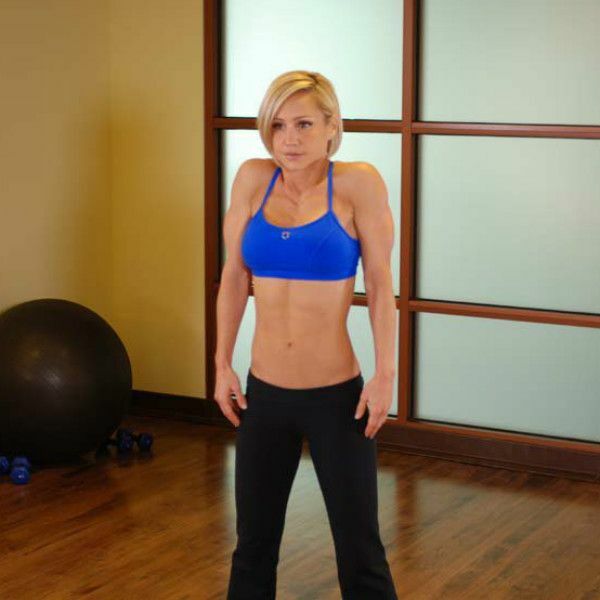
Stand straight, keep your back straight, look in front of you. Raise your shoulders up, hold in this position for 10-15 seconds, return to the starting position. Repeat 7-10 times.
to the table of contents ^Hand Raise
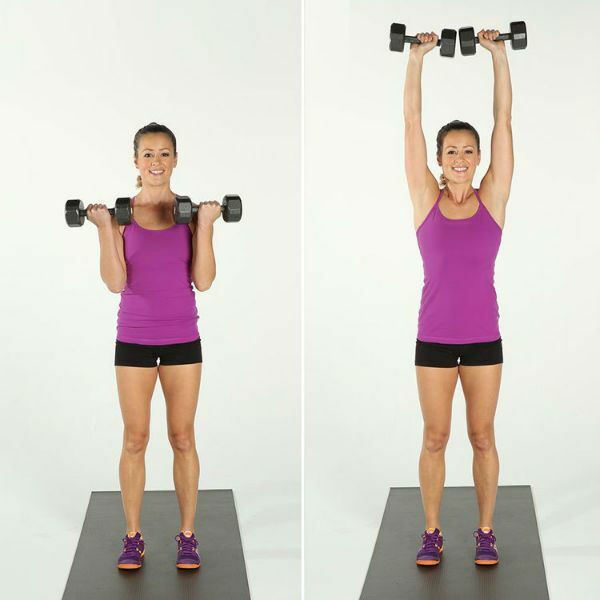
Take dumbbells. Rise steadily, bend your arms in the elbows so that the dumbbells are at the level of the shoulders. Slowly raise your hands up until they are straight. Connect and disconnect them and start slowly lowering them until you return to their original position. Repeat 7 times.
to the table of contents ^Hand rotations
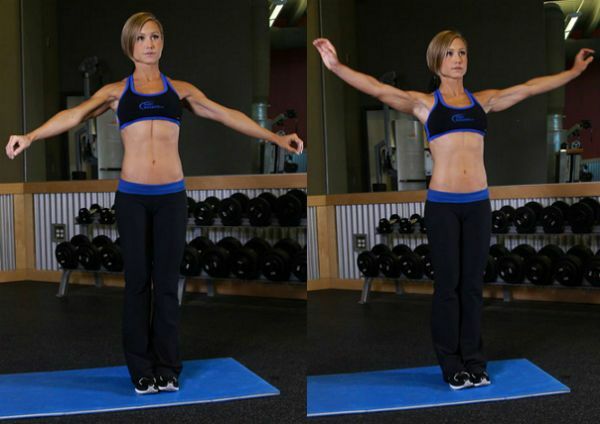
Put your hands down, keep your back and head straight, if you want, you can take dumbbells. Raise your hands through the sides up and make 20 rotational movements with your hands forward. Repeat the same, but in the opposite direction.
Advantages of the
- method do not need to take medication;
- is suitable for people with different levels of physical fitness;
- complete cure at an early stage;
- copes with pain syndrome;
- relieves muscle tension and spasms;
- strengthens the muscles;
- the load partially shifts from the spine to the muscular framework;
- improves blood circulation;
- returns flexibility and mobility to the spine.
Contraindications
It is impossible to engage in such gymnastics:
- with exacerbation of the disease;
- for severe pain syndrome;
- at elevated temperature;
- for inflammation.
